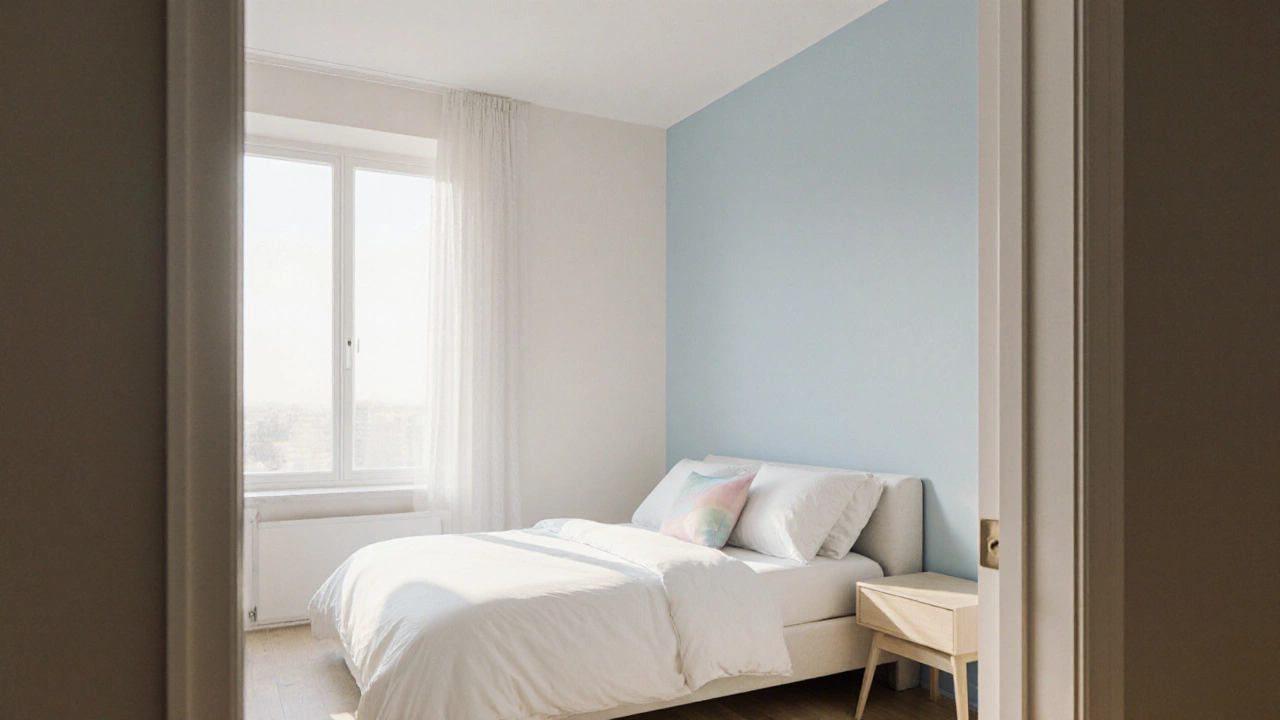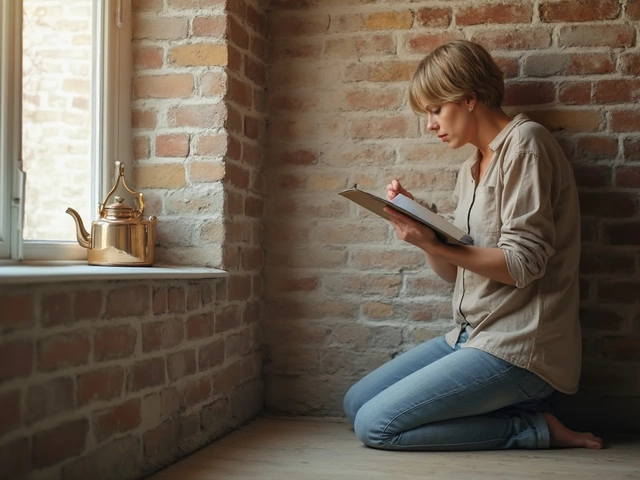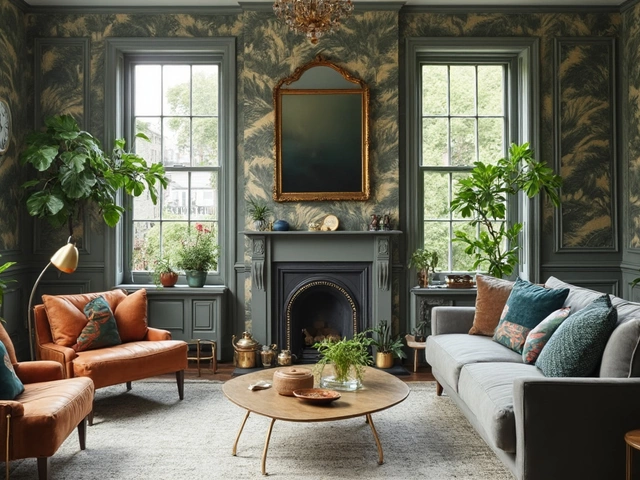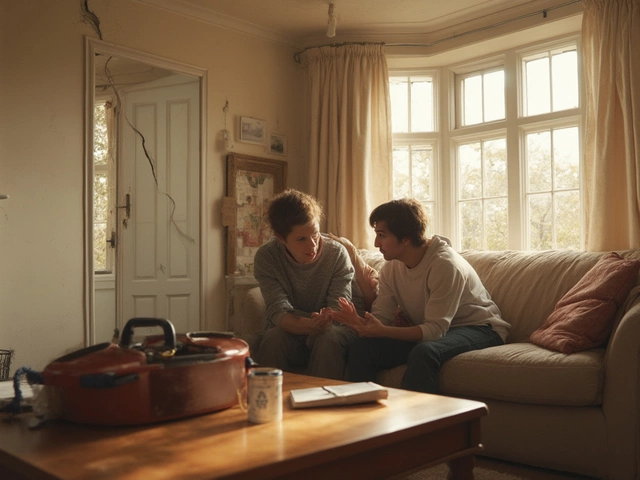Small Room Lighting: Smart Ways to Brighten Tight Spaces
When you’re working with a small room lighting, the strategic use of light to enhance visibility, mood, and perceived space in compact areas. Also known as compact space lighting, it’s not just about turning on a bulb—it’s about how you direct, layer, and control light to make the most of every square foot. A poorly lit small room feels closed in, tired, and cramped. But with the right approach, even a 10x10 foot bedroom or narrow hallway can feel open, airy, and inviting. The key isn’t more light—it’s smarter light.
Many people think adding more lamps solves the problem. But in small spaces, too many fixtures can create clutter and glare. Instead, focus on LED lighting, energy-efficient light sources that produce bright, cool illumination with minimal heat and power use. LEDs don’t just cut your electricity bill—they let you install thinner fixtures, recessed spots, and slim strips that disappear into walls and ceilings. You can hide strips under cabinets, behind headboards, or along baseboards to create floating effects that trick the eye into seeing more space. And because they run cool, you can place them closer to fabrics, wood, or mirrors without risk.
Then there’s room illumination, the overall quality and distribution of light in a space, including ambient, task, and accent layers. A small room needs three layers: ambient for general glow, task for reading or grooming, and accent to highlight texture or architecture. A single ceiling fixture isn’t enough. Add wall sconces to bounce light off the walls, a small table lamp near a chair for reading, and a directional spotlight to draw attention to artwork or a bookshelf. This layered approach avoids harsh shadows and makes the room feel deeper than it is.
Color temperature matters too. Warm white (2700K–3000K) feels cozy but can make tiny rooms feel smaller. Cooler whites (4000K–5000K) mimic daylight and open up space visually. Use dimmers to adjust brightness as needed—brighter in the morning, softer at night. Mirrors help, but only if they reflect actual light sources. Place one opposite a window or a well-placed lamp to double the light without adding more fixtures.
And don’t forget the ceiling. A dark ceiling makes a room feel lower. Paint it white or a very light shade—even if the walls are bold. Light ceilings create the illusion of height. Recessed downlights or a flush-mount fixture with a clear glass shade can lift the visual weight. Avoid bulky chandeliers or pendant lights that hang too low—they’ll make the room feel like a cave.
What you’ll find below are real, tested ideas from people who’ve turned cramped spaces into comfortable, well-lit homes. No fluff. No trends that look good in magazines but fail in practice. Just practical tips on where to put lights, what bulbs to buy, how to avoid common mistakes, and how to make a small room feel like it’s twice its size—all with lighting alone.
Transform a Small Bedroom with Easy Decor Hacks
Learn how to transform a small bedroom into a stylish, airy space with color tricks, smart lighting, storage hacks, and multifunctional furniture.





